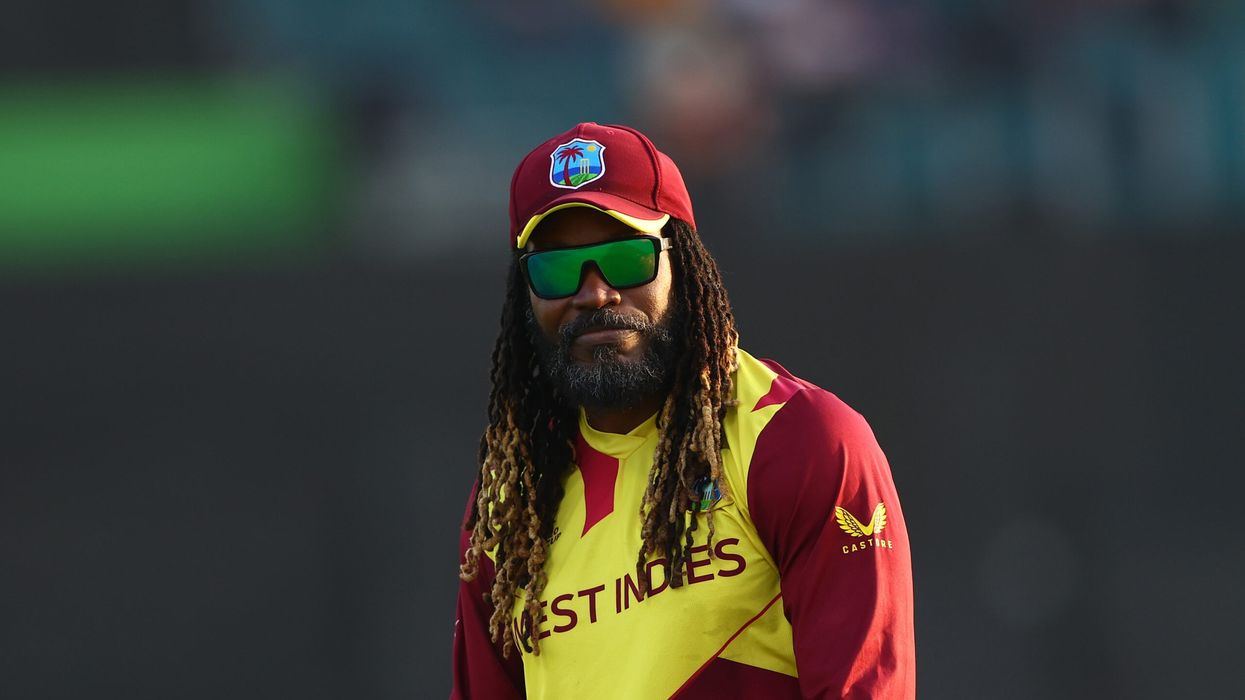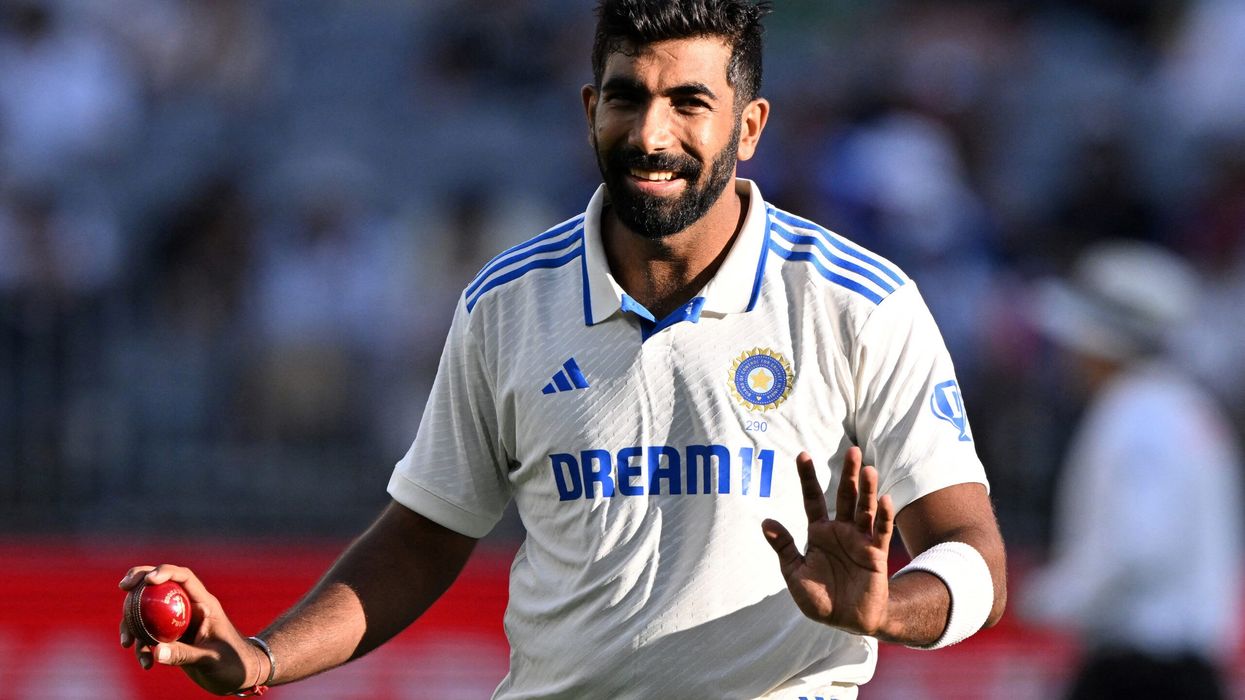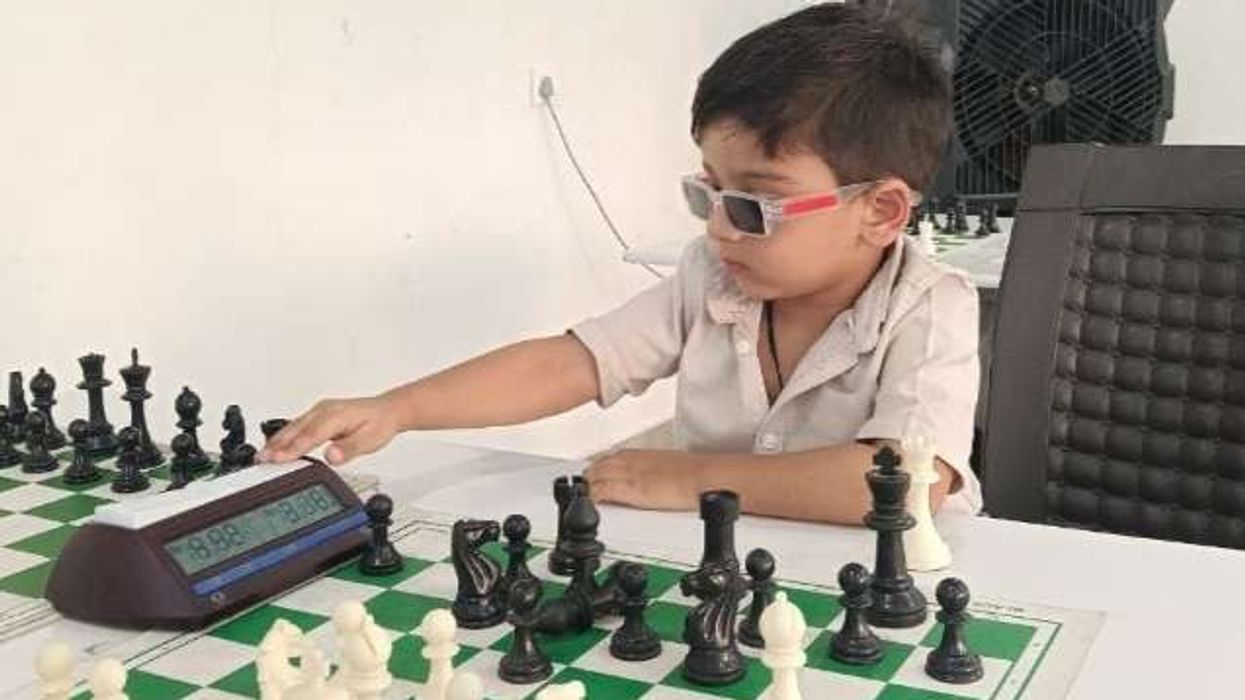ENGLAND have no copyright on aggressive batting, according to West Indies superstar Chris Gayle, who insisted it had been around even “years before” he started his career as one of cricket’s most celebrated big-hitters.
Dynamic run-scoring has been a key feature of England’s ‘Bazball’ approach to Test cricket under the leadership of coach Brendon McCullum and captain Ben Stokes.
But England opener Ben Duckett raised eyebrows when he suggested their methods had inspired India counterpart Yashasvi Jaiswal to score an unbeaten double century in the recent third Test in Rajkot.
Jaiswal, 22, made a blistering 214 not out, including a Test record-equalling 12 sixes in an innings, as India thrashed England by a mammoth 434 runs to go 2-1 up in a five-match series.
It was also the left-handed opener’s second double century in as many Tests following Jaiswal’s 209 in Visakhapatnam.
Duckett, who himself hit 153 off just 151 balls in England’s first innings in Rajkot, said of Jaiswal: “When you see players from the opposition playing like that, it almost feels like we should take some credit that they’re playing differently than how other people play Test cricket.”
Gayle, however, said: “Attacking cricket has been played for years, even before Chris Gayle actually set foot on the international scene as well.”
The self-styled ‘Universe Boss’ added: “We (the West Indies) had the likes of Viv Richards, those guys set it (up) for us ... Brian Lara, those guys are attacking players in all formats as well. When you actually check their stats, do check how they went about their innings.
“I don’t think he (Jaiswal) learnt it from England. That style of play he developed with his coach and mentor (Jwala Singh). He’s just phenomenal.
“It’s like the guy has been playing for 20 years, unbelievable. I just hope he can keep it up.”
Gayle, 44, proved himself to be a blistering run-scorer during a 22- year international career.

A left-handed opener like Jaiswal, albeit a more powerful and physically imposing figure at the crease, the Jamaican posted the first ever T20I century – a 57- ball 117 against South Africa in the inaugural ICC 2007 World Twenty20 tournament.
Although one of the first globetrotting T20 franchise ‘guns for hire’, Gayle was also capable of sustained feats of endurance. He scored 333 in nearly 10 hours against a Sri Lanka attack featuring outstanding offspinner Muttiah Muralitharan during a 2010 Test in Galle.
Gayle, who said Jaiswal reminded him of the “attacking version” of his former West Indies teammate Shivnarine Chanderpaul, warned against meddling with the Indian rising star’s technique.
“A lot will be expected of him as he goes on but they should just let him continue to flow,” he said on the eve of the fourth Test between India and England in Ranchi last Friday (23).
“He’s an attacking player, you see it in his T20 cricket as well ... That’s in his nature as well and they shouldn’t try to curb him or try to change him.”













